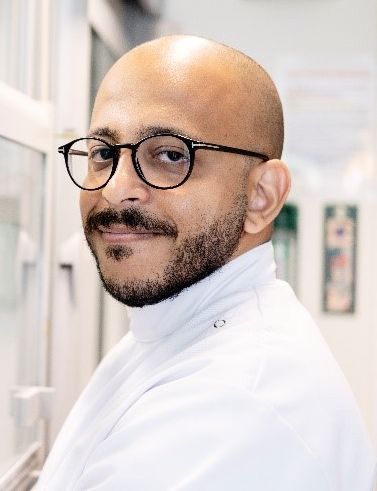November 2022
To know the project and activities better, we present a series of interviews with our project partners in which they will provide insights in their personal motivations and their experiences and tasks in the project.
What was your original motivation to become a researcher? What is your research area today?
Curiosity was and still is my main driver to become a researcher. I wanted to understand how everything around me worked and find answers to long-standing questions, such as how energy worked, is generated, used, and stored. As a result, I did an MSc and PhD in energy-related materials. Nowadays, I am interested in and working on Na-ion battery anode materials and electrolytes in addition to Si-nanoparticles as Li-ion anode materials.
What do you like the best about your work?
I like that every day I learn something new. Especially at IFE where we work closely with industries, it is interesting to see how our work in the lab is being utilised and transformed into industrial applications.
How did you get involved in SIMBA and what is your main task/activity?
I got involved when I joined IFE in late 2020 and became the project responsible at IFE. Our main task is to develop and optimise hard carbon anode materials from Norwegian available biomasses.
Why is your company ideal for the research/activities in SIMBA?
IFE was established to support industries and make Norway an energy nation in 1948 and has been a bridge between academic and industrial R&D activities since then. Batteries have been in focus for the last 15 years where IFE’s work covers a large section of the battery value chain including material synthesis & production, cell testing, second life, and recycling. At IFE, we do research with industrial application in mind and thus IFE has a good track record of spin-offs and commercialisation activities.
What impact do you think the SIMBA technology will have?
SIMBA technology can enable and facilitate the adoption of Na-ion batteries for stationary storage applications. Thus, accelerating Europe’s transformation to renewable energy sources while freeing Li-ion batteries for the much-needed electromobility and portable applications.
